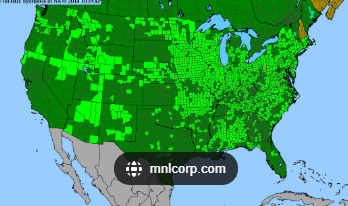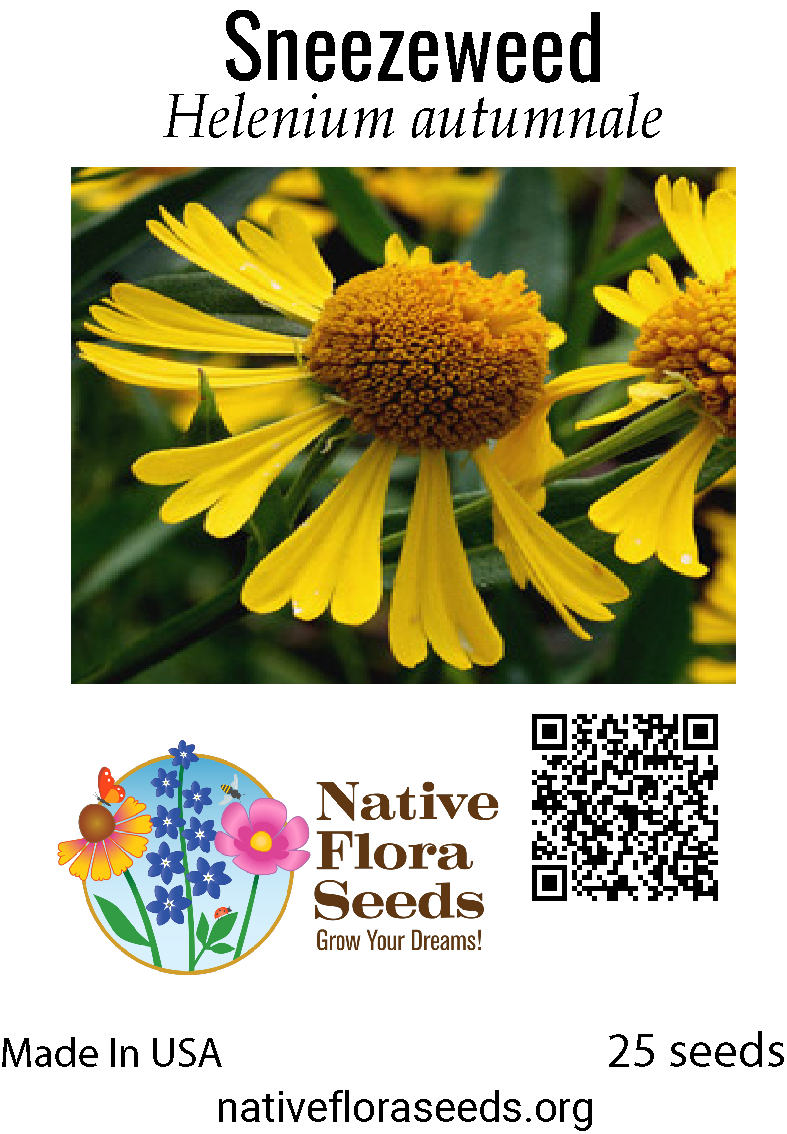Sneezeweed Seeds - Native Helenium Autumnale | Late Summer Pollinator Wildflower
Vibrant Native Sneezeweed - A Late Summer Showstopper
Helenium autumnale, commonly known as Sneezeweed or Common Sneezeweed, is a spectacular native perennial that brings brilliant golden-yellow blooms to your garden when most other flowers are fading. Despite its unfortunate common name, this plant doesn't cause sneezing - the name comes from its historical use in making snuff. This hardy wildflower produces masses of daisy-like flowers with distinctive drooping petals and prominent centers from late summer through fall.
Outstanding Features:
- Extended Bloom Period: Flowers continuously from August through October
- Pollinator Magnet: Attracts butterflies, bees, and beneficial insects when nectar is scarce
- Wet Soil Tolerant: Thrives in moist conditions where other plants struggle
- Cut Flower Excellence: Long-lasting stems perfect for autumn arrangements
- Low Maintenance: Self-seeds readily and naturalizes beautifully
Growing Information:
Height: 3-5 feet | Spread: 2-3 feet | Sun: Full sun to partial shade | Soil: Moist to wet, adaptable | Zones: 3-8
Planting Guide: Direct sow in fall or cold stratify seeds for 30 days before spring planting. Seeds need light to germinate - barely cover with soil. Prefers consistently moist soil but tolerates seasonal flooding.
Create a stunning late-season display that supports declining pollinator populations while providing months of golden blooms that bridge summer into autumn in your garden.


